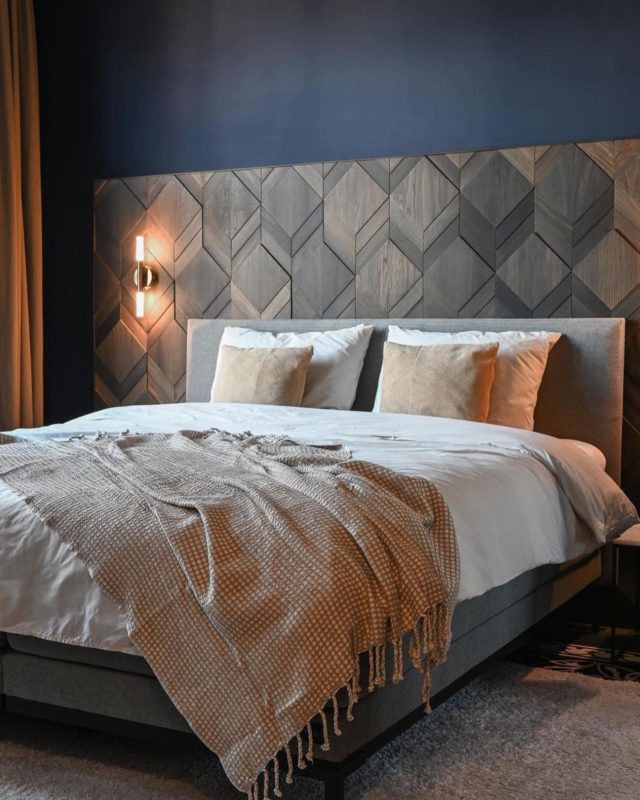The selection of colors in interior design can have a profound impact on the overall atmosphere of a space. A well-chosen color palette can help to define the style and character of a room, while also creating a cohesive and harmonious look. When selecting colors for your interior design, it is important to consider the size and layout of the space, as well as the natural light and any existing furniture or decor. By choosing colors that complement each other and the overall design style, you can craft a palette that brings your personal style to life and enhances the ambiance of the room. Whether you prefer bold and vibrant hues or softer, more muted tones, the right color palette can make a big difference in the feel of your home or office.
Here are some additional advantages of using color in interior design:
- Colors can affect the perceived size and shape of a space. For example, light colors can make a room feel larger and more open, while dark colors can create a sense of intimacy and coziness.
- Colors can influence the mood and atmosphere of a room. Different shades and tones can evoke different emotions, so choosing the right colors can help to create a desired mood or ambiance.
- Colors can highlight or downplay certain features of a room. For example, you can use color to draw attention to a statement wall or piece of artwork, or to create a cohesive look by tying different elements of the room together.
- Colors can be used to add character and personality to a space. By choosing colors that reflect your personal style and taste, you can create a space that feels truly unique and represents your own aesthetic.
- Colors can be easily changed or updated. Unlike more permanent design elements like wallpaper or flooring, paint is relatively easy and inexpensive to change, so you can easily update the look of a room by changing the colors.
- Colors can help to create a sense of flow and continuity throughout a space. By using a cohesive color palette throughout different rooms or areas, you can create a cohesive look that ties the space together.
- Colors can create a sense of balance and harmony. By using colors in a way that evenly distributes visual weight, you can create a sense of balance and stability in a space.
- Colors can be used to create visual interest and contrast. By using a range of colors and shades, you can add visual interest to a space and create a dynamic look.
- Colors can be used to reflect the style and character of a space. For example, you can use bold, vibrant colors to create a modern and energetic look, or softer, more muted tones to create a calming and relaxing atmosphere.
- Colors can be used to reflect the function of a space. For example, you might use bright, energizing colors in a home gym to create a motivating atmosphere, or calming, soothing colors in a bedroom to create a relaxing environment.

What factors should be considered when choosing colors for interior design?
There is no one-size-fits-all answer to this question, as the best color choices for interior design depend on a variety of factors, including the size and layout of the space, the natural light, the design style, and personal preference. Here are a few general tips to consider when choosing colors for interior design:
- Consider the size and layout of the space. Lighter colors can make a small space feel larger and more open, while darker colors can create a sense of intimacy and coziness in a larger space.
- Take into account the natural light. Different colors can look differently depending on the amount of natural light a room receives. For example, a color that looks vibrant in a room with lots of natural light may appear dull in a room with less light.
- Think about the design style. Different design styles may lend themselves to different color palettes. For example, a traditional space might look best with classic, timeless colors, while a modern space might benefit from bold, vibrant hues.
- Consider personal preference. Ultimately, the best color choices are the ones that make you happy and that reflect your personal style and taste. Don’t be afraid to experiment and choose colors that speak to you.
- Consider the purpose of the space. Different spaces serve different purposes and may require different color palettes. For example, a bedroom might benefit from calming, soothing colors, while a home office might need energizing, motivating hues.

Hiring a professional designer can be a useful way to ensure that you choose the best colors for your interior design project. A designer brings a wealth of knowledge and experience to the table, and can help you to consider factors such as the size and layout of the space, the natural light, the design style, and your personal preferences. A designer can provide expert guidance on how to create a cohesive and harmonious color scheme, and can recommend colors that will work well together and enhance the overall look and feel of the space. However, it is important to remember that the best colors for a space are ultimately the ones that make you happy and that reflect your personal style and taste. A designer can provide recommendations, but the final decision on what colors to use should be based on your own preferences and feelings.

























